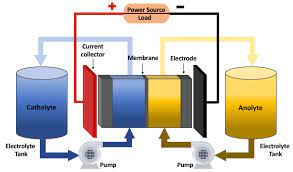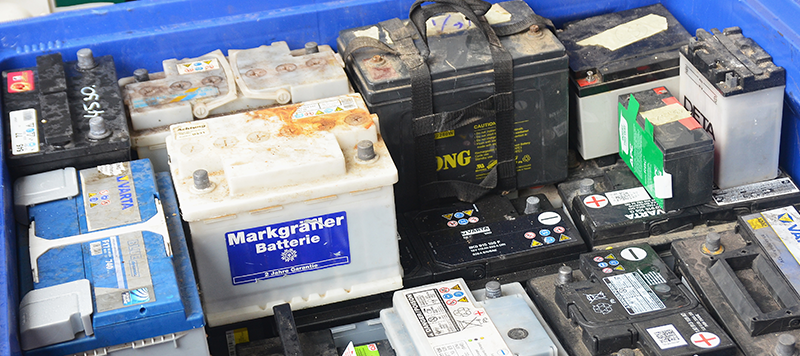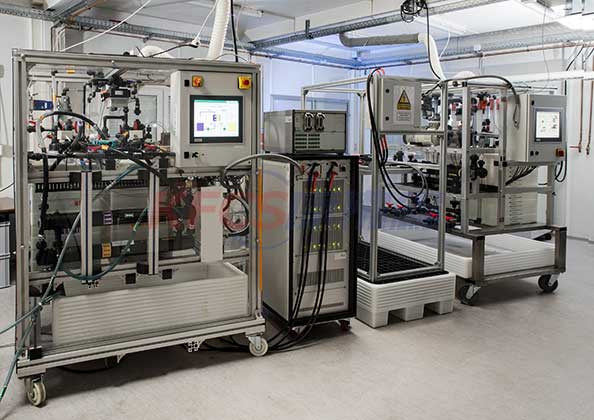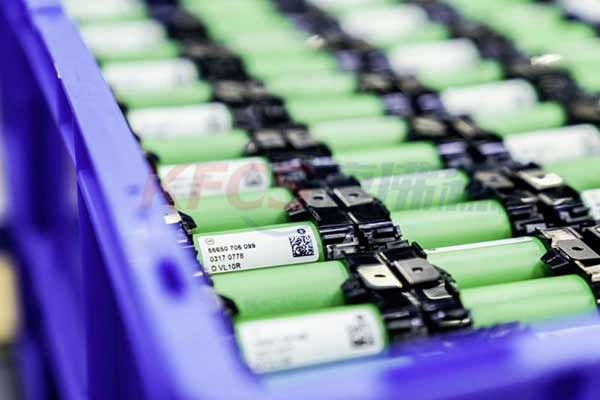The history of vanadium battery
2022-01-15
In 1974, Thaller proposed the concept of redox flow battery (Redox Flow Cell): a chemical energy storage device. In 1984, American Remik developed sodium polysulfide and bromine redox flow battery (Sodium Polysulfide/ Bromine Battery, PSB)
In the 1990s, PSB batteries with different levels of power were developed by the British company lnnogy, including 5kW, 20kW, and 100kW. These battery modules were assembled in series and parallel to form an energy storage system.
Since NASA discovered that vanadium ion solutions can be used as electrolytes for redox flow batteries, the research and development of vanadium batteries has developed rapidly. In 1984, Sum E of the University of New South Wales in Sydney, Australia first proposed the concept of vanadium redox flow battery.
Subsequently, Skyllas.Kazacos and others of the school found that V5+ can exist stably in the sulfuric acid system, and proposed to apply the redox couples V3+/V2+ and V5+/V4+ to redox flow batteries.
In 1986, the vanadium redox flow battery system was patented. Then they conducted research on related materials of the system, such as separator, graphite felt, conductive polymer electrode, etc. and obtained a number of patents. After a series of studies, Skyllas.Kazacos et al. developed the first static vanadium redox single cell. Later, graphite felt was used as the electrode, polystyrene sulfonated cation exchange membrane as the diaphragm, 2.0mol·L-1V4+ And 2.0mol·L-1H2SO4 solution was used as electrolyte to make a flow-type vanadium battery, which was charged and discharged at a current density of 40mA.cm-2, the Coulombic efficiency was 90%, and the total energy efficiency was 73%. Skyllas-Kazacos et al. made several improvements to suppress the excessive polarization of the battery and improve the voltage efficiency.
In 1990, Skyllas.Kazacos and others developed a 1kW-class vanadium redox battery pack with an energy efficiency of up to 90%. Because the energy loss of the peristaltic pump was 2-3%, the total energy efficiency reached 87-88%. The discharge current is up to 20A, which lays the foundation for the practicality of vanadium batteries.
About News
- VFB-125kW all-vanadium liquid flow energy storage system
- 350MW/1750MWh! Penso power plans to deploy a large-scale battery energy storage project in the UK with approval
- Make energy "access" easier
- Megawatt vanadium battery system
- Cold sintering may open door to improved solid-state battery production
- A method to stabilize solid-state lithium-ion battery interfaces opens up new possibilities
- How Vanadium redox flow battery Work?
- How to improve the activity of Vanadium Redox Battery electrode?
- Lithium battery recycling: accelerating the construction of industrial chain recycling integration
- 2.5kW vanadium battery
Products








